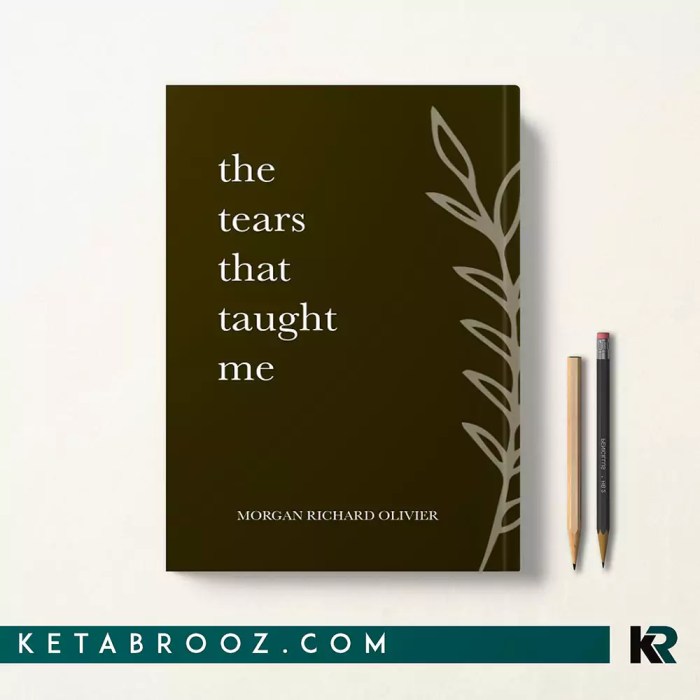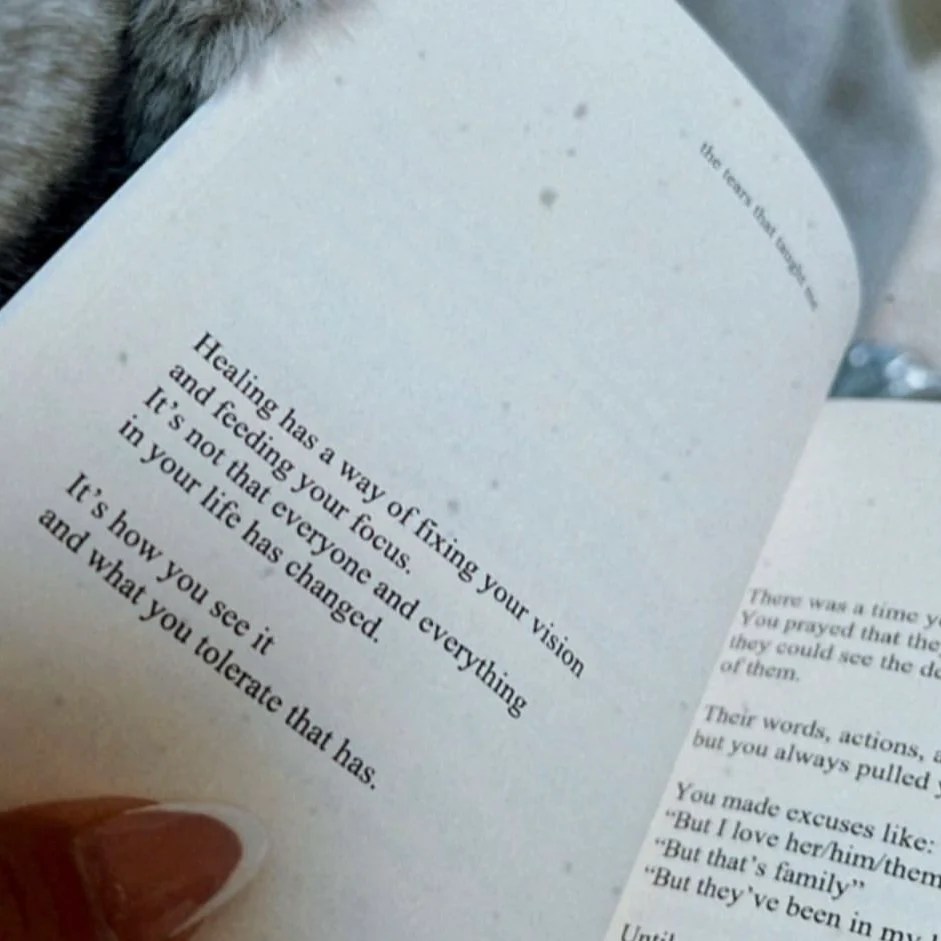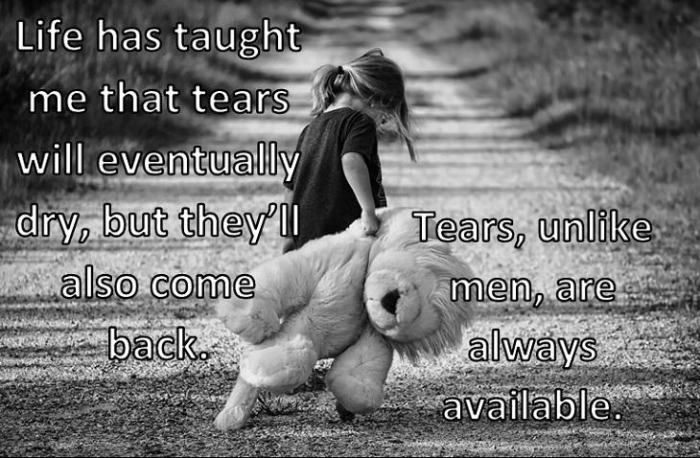The tears that taught me – Tears, often perceived as a sign of weakness, hold an immense power to teach, heal, and connect us. Embark on a journey with us as we explore the transformative lessons tears have imparted, unveiling their profound impact on our personal growth, cultural narratives, and emotional well-being.
From unlocking self-discovery to facilitating healing and resilience, tears serve as a potent form of communication, transcending words and fostering empathy. Delve into the physiological and emotional responses associated with crying, uncovering its therapeutic benefits and the societal pressures that shape our expression of tears.
Personal Experiences

Throughout life’s tapestry, tears have played a pivotal role in shaping my personal growth and understanding. They have served as a profound catalyst for emotional exploration, self-discovery, and healing.
In moments of intense grief or sorrow, tears have provided a cathartic release. Like a gentle rain washing over a parched land, they have cleansed my soul and allowed me to process the pain in a healthy way. By embracing the flow of tears, I have found solace and a sense of emotional purging.
Tears as a Window to Emotions
Tears have also been a window into my emotional landscape. They have helped me identify and acknowledge feelings that I may have otherwise suppressed or ignored. Through the act of weeping, I have learned to embrace the full spectrum of human emotions, both positive and negative.
Tears have taught me the importance of vulnerability and the healing power of expressing my innermost feelings.
Tears as a Path to Self-Discovery
Moreover, tears have led me on a path of self-discovery. By paying attention to the triggers that evoke tears, I have gained valuable insights into my values, beliefs, and motivations. Tears have helped me understand my strengths and weaknesses, and they have encouraged me to confront and work through personal challenges.
Tears as a Catalyst for Healing, The tears that taught me
Finally, tears have been a catalyst for emotional healing. They have allowed me to release pent-up emotions, break down barriers, and mend broken hearts. By acknowledging and processing my tears, I have been able to move forward from past traumas and build resilience in the face of adversity.
The Power of Vulnerability

Tears, often seen as a sign of weakness, can paradoxically embody both vulnerability and strength. They are a natural response to a wide range of emotions, from joy to sorrow, and can serve as a cathartic release.
Society often pressures us to suppress our tears, particularly for men, who are expected to maintain a stoic facade. However, this suppression can have detrimental consequences for our mental and emotional well-being.
Acceptance of Tears
It is crucial to recognize tears as a natural and healthy expression of human emotion. They allow us to release pent-up feelings, process experiences, and connect with others on a deeper level.
Embracing our vulnerability through tears can foster resilience, empathy, and self-acceptance. By acknowledging and accepting our emotions, we create a space for healing and growth.
Artistic Expressions: The Tears That Taught Me
Tears, as a potent symbol of human emotion, have left an enduring mark on the world of art. Literature, poetry, and other art forms have utilized tears as a recurring motif, exploring their profound impact on human experiences.
Literature
In literature, tears often serve as a literary device to convey a character’s emotional state, evoke empathy, and create a sense of catharsis in readers. Authors have employed tears to depict a wide range of emotions, from sorrow and grief to joy and triumph.
- “The Catcher in the Rye” by J.D. Salinger:Holden Caulfield’s frequent tears reveal his disillusionment with the adult world and his search for authenticity.
- “To Kill a Mockingbird” by Harper Lee:Scout Finch’s tears reflect her growing understanding of racial injustice and the complexities of human nature.
- “The Great Gatsby” by F. Scott Fitzgerald:Gatsby’s tears symbolize his longing for the unattainable and the tragic loss of his dreams.
Poetry
In poetry, tears often become a lyrical expression of personal and universal emotions. Poets have used tears to explore themes of love, loss, joy, and pain, capturing the raw and intimate nature of human experience.
- “Sonnet 18” by William Shakespeare:Shakespeare’s sonnet immortalizes the power of love, comparing it to a “summer’s day” and “tears of joy.”
- “Do Not Go Gentle into That Good Night” by Dylan Thomas:Thomas’s poem urges the dying to fight against death with “rage, rage against the dying of the light,” evoking a sense of defiance and sorrow.
- “Tears” by Kahlil Gibran:Gibran’s poem explores the duality of tears, recognizing both their cleansing and transformative power.
Other Art Forms
Beyond literature and poetry, tears have also found expression in other art forms, including painting, sculpture, and music.
- “The Weeping Woman” by Pablo Picasso:Picasso’s painting depicts a woman’s anguish and despair through her flowing tears.
- “The Pieta” by Michelangelo:Michelangelo’s sculpture captures the Virgin Mary’s sorrow as she holds the lifeless body of her son, Jesus Christ.
- “Tears in Heaven” by Eric Clapton:Clapton’s song expresses the profound grief and longing of a father who has lost his child.
Through these diverse artistic expressions, tears have become a universal language that transcends cultural and linguistic boundaries. They serve as a powerful tool for artists to convey emotions, create empathy, and explore the complexities of the human condition.
Closure

In acknowledging and embracing the power of tears, we unlock a pathway to vulnerability and strength. By shedding the societal constraints that dictate the suppression of tears, we pave the way for authentic emotional expression and resilience. Tears, in their myriad forms, remind us of our shared humanity, connecting us through the depths of our emotions and empowering us to overcome life’s challenges.
FAQs
What cultural norms and attitudes influence our expression of tears?
Cultural norms vary widely, shaping how tears are perceived and expressed. In some cultures, tears are seen as a sign of weakness, while in others, they are embraced as a natural and healthy response to emotions.
How can tears facilitate healing from trauma or loss?
Tears play a crucial role in processing and releasing emotions associated with trauma or loss. By allowing ourselves to cry, we acknowledge and express our grief, which can promote healing and emotional regulation.
What are the potential therapeutic benefits of crying?
Crying has been shown to have therapeutic benefits, including reducing stress, regulating emotions, and promoting physical and mental well-being. It can also provide a sense of relief and catharsis, helping us to cope with difficult experiences.